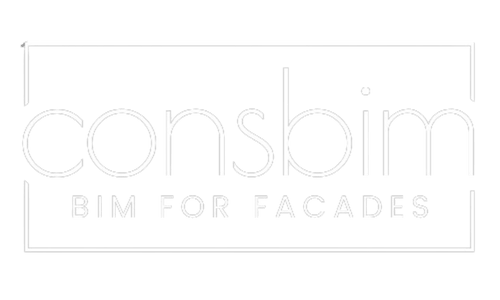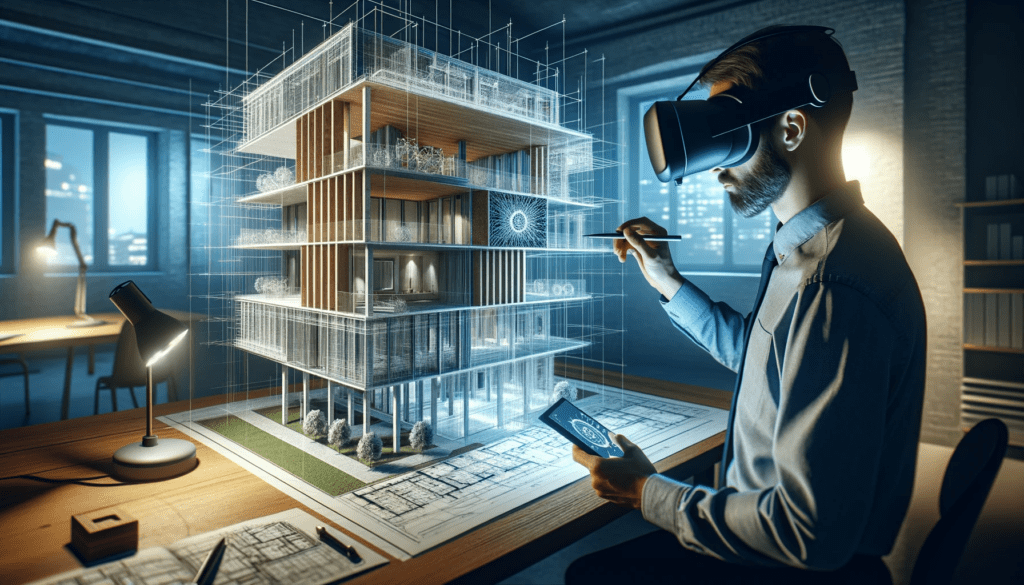Virtual Reality (VR) has emerged as a game-changer in the field of facade design, offering architects, engineers, and builders a more immersive and interactive experience. With VR technology, designers can step inside their designs and visualize them in a more vivid and accurate way, making the design process faster, more efficient, and more effective.
Increased Immersion and Engagement
One of the biggest advantages of using VR in the facade design process is the increased immersion and engagement it provides. Designers can experience their designs as if they were actually there, which can help them better understand the space and identify potential issues that may not be evident in a traditional 2D design. For example, designers can walk through a virtual representation of their building, experience the spatial relationships between different elements, and observe how light and shadows will impact the design.
Additionally, VR allows designers to interact with their designs in real-time, making it easier to make changes and try out different design options. This level of interaction can help designers make more informed decisions, leading to a better final design.
VR also offers a unique and engaging experience for clients, allowing them to step inside their designs and see how the finished product will look and feel. This can help clients better understand the design and provide valuable feedback, making the design process more collaborative and efficient.
In short, the increased immersion and engagement provided by VR technology makes the facade design process more effective, efficient, and enjoyable for all stakeholders involved. By using VR, designers can create designs that are more accurate, informed, and engaging, helping them to deliver better results for their clients.
Improved Collaboration
VR technology is not only beneficial for designers, but it also has the potential to greatly improve collaboration between team members and stakeholders. With VR, multiple team members can experience the same design at the same time, making it easier for them to discuss and resolve any issues that arise.
For example, architects, engineers, and builders can use VR to visualize a design together, making it easier for them to coordinate their efforts and ensure that all aspects of the design are in alignment. This can help to reduce the risk of miscommunication and mistakes, saving time and reducing costs.
Additionally, VR technology allows designers to present their designs to clients in a more interactive and engaging way. Clients can step inside their designs and see how they will look and feel, making it easier for them to provide feedback and make informed decisions. This can help to ensure that the final design meets the client’s needs and expectations, making the design process more collaborative and efficient.
Overall, the use of VR technology in the facade design process can greatly improve collaboration between team members and stakeholders, leading to better designs and more satisfied clients. By using VR, designers can create a more inclusive and effective design process that results in better outcomes for everyone involved.
Enhanced Visualization
VR technology also offers the ability to enhance the accuracy and precision of facade designs. Designers can use VR to create a virtual representation of their designs that is precise to the millimeter, making it easier to ensure that the design meets the necessary technical requirements.
For example, engineers can use VR to check the structural stability of a building, ensuring that it will be able to withstand wind and seismic forces. Architects can use VR to evaluate the position of windows, doors, and other openings, ensuring that they are in the right place and the right size.
Additionally, VR technology can help designers to better understand the relationship between different elements of a design, such as the size of a room in relation to the height of the ceiling or the location of a window in relation to the orientation of the sun. This can help designers to make more informed decisions and create better designs.
Finally, VR technology can be used to simulate real-world conditions, such as lighting and weather, allowing designers to see how their designs will look and perform under different conditions. This can help designers to identify potential issues and make necessary changes before construction begins, reducing the risk of surprises and costly mistakes.
In short, VR technology can greatly enhance the accuracy and precision of facade designs, helping designers to create better designs that meet the necessary technical requirements and are more responsive to the needs of their clients. By using VR, designers can ensure that their designs are both functional and aesthetically pleasing, delivering better results for their clients and their own businesses.
Increased Efficiency
The use of VR technology in the facade design process can also greatly improve efficiency and productivity. By using VR, designers can work more efficiently and make changes to their designs in real-time, reducing the need for rework and saving time.
For example, designers can use VR to experiment with different design options, trying out different materials, colors, and textures until they find the right combination. This can help designers to make more informed decisions and avoid costly mistakes that may not be discovered until later in the design process.
Additionally, VR technology can be used to automate certain tasks, such as generating 3D models, reducing the need for manual work and freeing up designers to focus on more creative and value-adding activities. This can help to increase productivity and reduce the risk of errors, leading to better results for both designers and clients.
Finally, VR technology can be used to share designs with stakeholders and clients, making it easier for them to review and provide feedback. This can help to reduce the need for physical meetings and travel, saving time and reducing costs for everyone involved.
In short, the use of VR technology in the facade design process can greatly improve efficiency and productivity, helping designers to work more effectively and deliver better results for their clients. By using VR, designers can streamline the design process, reducing the need for rework and increasing their ability to focus on what truly matters.
The Future of VR in Facade Design
One of the most significant benefits of using VR technology in the facade design process is the ability to provide an immersive experience for clients. With VR, clients can experience a virtual representation of the proposed design, allowing them to see how it will look and feel before construction even begins.
This level of immersion is unparalleled compared to traditional 2D renderings or architectural drawings. Clients can walk through virtual spaces, view the design from different angles, and even interact with elements of the design, such as windows and doors. This can help them to get a better understanding of the design and provide more informed feedback.
Furthermore, VR technology can be used to showcase the design in a variety of lighting and weather conditions, providing clients with a more comprehensive understanding of how the design will look and perform in the real world. This can help to build confidence in the design and reduce the risk of surprises and changes down the line.
Finally, VR technology can be used to create virtual presentations, allowing designers to present their designs to clients in a way that is engaging and interactive. This can help to build rapport and trust with clients, and make it easier to communicate the design vision and get buy-in from all stakeholders.
In short, the use of VR technology in the facade design process can provide an immersive experience for clients, helping designers to communicate their designs in a way that is engaging and effective. By using VR, designers can build confidence in the design, reduce the risk of surprises, and establish strong relationships with their clients.
Why Every Facade Designer Should be Using VR
Another important benefit of using VR technology in the facade design process is improved collaboration and communication. With VR, designers can work together in real-time, allowing them to share their designs and receive feedback from each other in an efficient and effective manner.
For example, designers can use VR to conduct virtual design reviews, where they can meet with other members of the design team to discuss their work and make changes on the fly. This can help to reduce the need for physical meetings, saving time and reducing costs.
Additionally, VR technology can be used to collaborate with other stakeholders, such as engineers, contractors, and building owners. By providing an immersive and interactive experience, VR can help to facilitate better communication and understanding between all parties involved in the project.
Finally, VR technology can be used to conduct virtual site visits, allowing stakeholders to view the design in the context of the actual construction site. This can help to reduce the need for physical site visits, saving time and reducing the risk of health and safety incidents.
In short, the use of VR technology in the facade design process can improve collaboration and communication, helping designers to work more effectively with other stakeholders. By using VR, designers can facilitate better communication and understanding, reducing the risk of miscommunication and ensuring that all parties are aligned on the project goals.
Conclusion
Virtual Reality technology is having a profound impact on the facade design process, providing designers with a more immersive and interactive experience, improving collaboration, and increasing efficiency. With VR technology likely to become even more widely used in the future, it is an essential tool for any facade designer looking to stay competitive and deliver better results for their clients.

